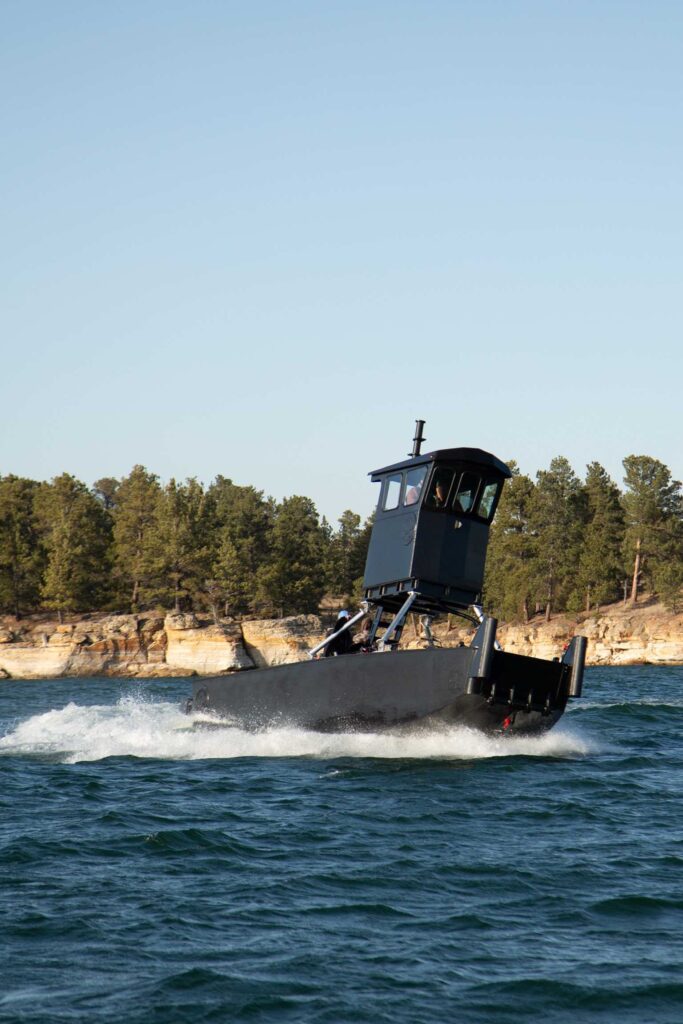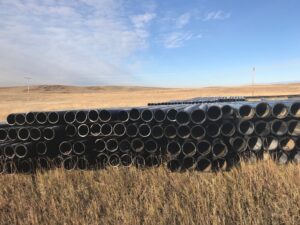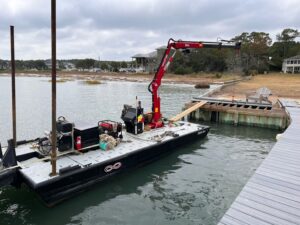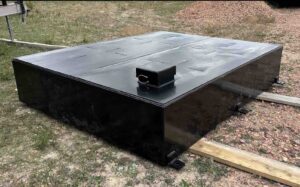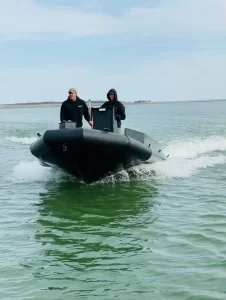HDPE boats, originally designed for tough industrial uses, are now known for their incredible toughness on the water. Made from High-Density Polyethylene, these boats are not just durable; they’re built to withstand the toughest marine conditions. In this article, we’ll look at the science and real-world use that explain why HDPE boats last so long. Let’s explore what makes these vessels so strong and reliable for years to come.
Exploring the Scientific Foundations of HDPE
HDPE, or high-density polyethylene, is a thermoplastic polymer made from the monomer ethylene. Renowned for its high strength-to-density ratio, HDPE is used in products that require robustness and resistance to impact. Its density typically ranges from 0.941 to 0.965 g/cm^3. This material is not only used in boating but also in the production of piping systems, detergent bottles, milk containers, fuel tanks, plastic lumber, and playground equipment.One of the critical properties of HDPE is its tensile strength — typically ranging from 20 to 24 MPa (2900 to 3500 psi), making it exceptionally strong and rigid. This strength is a fundamental reason why HDPE does not easily dent, crack, or break under stress, which is common in maritime environments.
Resistance to Environmental Factors
HDPE’s resilience to environmental factors is one of its standout features:
- UV Resistance: HDPE boats exhibit excellent resistance to ultraviolet (UV) rays, thanks to the addition of carbon black or other UV-stabilizing additives during the manufacturing process. Research indicates that HDPE can maintain its structural integrity and color after prolonged exposure to sunlight, where other materials might degrade and weaken.
- Corrosion Resistance: Unlike metals, HDPE does not rust, corrode, or suffer from electrolytic degradation. This non-porous material resists mold, mildew, and saltwater, ensuring it remains free from the biofouling often seen in marine environments.
- Impact Resistance: HDPE absorbs impacts without suffering significant damage. Its impact resistance is quantitatively supported by its notch test results, which are typically above 100 J/m. This means that HDPE can withstand collisions and abrasive contacts that are common in coastal and freshwater environments.
Proven Longevity and Maintenance
HDPE boats require significantly less maintenance compared to those made from materials like fiberglass or aluminum. The longevity of HDPE is notable, with vessels often remaining operational and aesthetically pleasing for 30 years or more. Minimal maintenance — mostly rinsing with fresh water and periodic checks — suffices, as HDPE does not require painting or frequent repairs.
Studies comparing the lifespan of materials used in boats show that while fiberglass boats can show signs of osmosis or gelcoat blistering after 5-10 years, HDPE boats exhibit no such degradation. This is critical for reducing long-term costs and environmental impact, as fewer repairs and replacements mean less waste and resource usage.
Conclusion:
HDPE boats not only stand the test of time and tide through their inherent material properties but also through intelligent design and minimal maintenance needs. The combination of high tensile strength, excellent UV and impact resistance, and superior corrosion resistance makes HDPE an ideal choice for durable, reliable, and cost-effective maritime applications. At Legacy HDPE Boats, we build boats that last. Crafted from high-quality High-Density Polyethylene, our vessels are designed to withstand the elements, providing durability, safety, and style for over 30 years. Contact us: 307-299-3049

